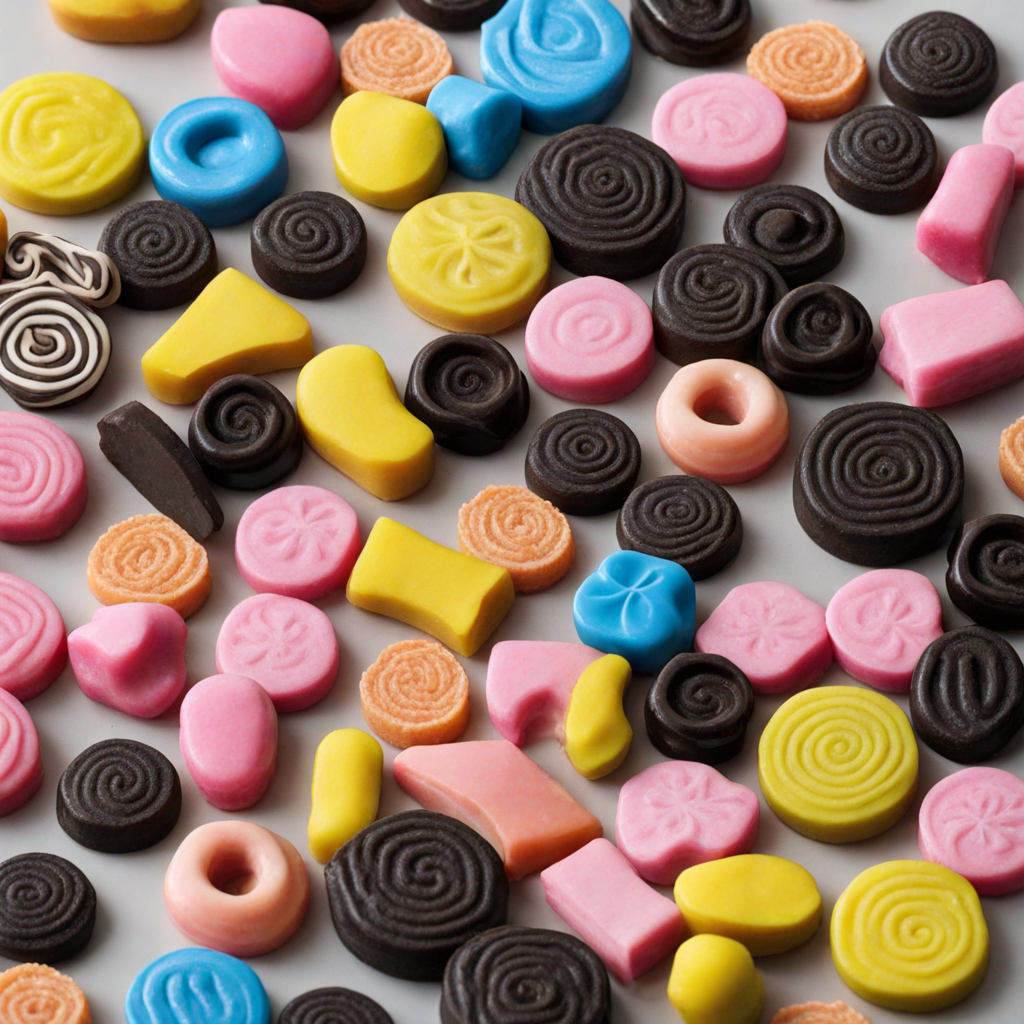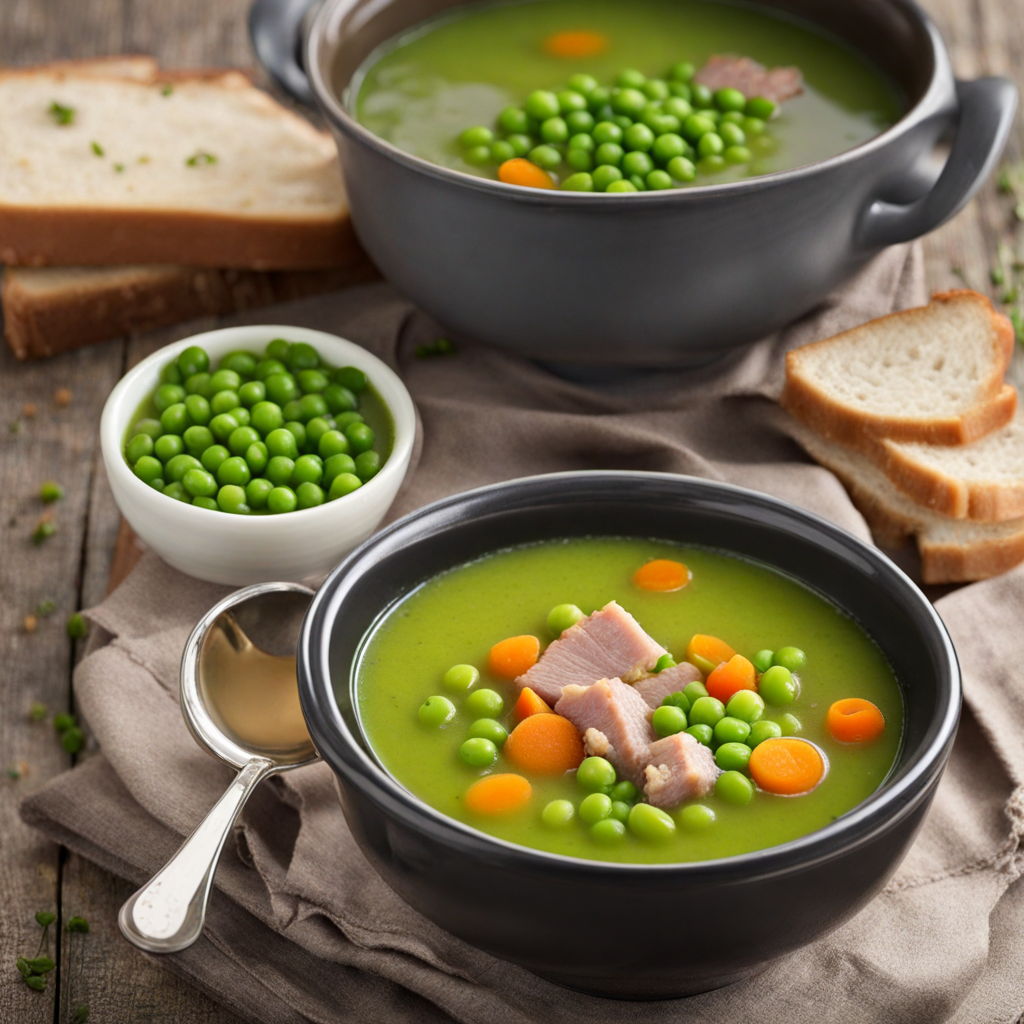Drop
Drop is a traditional Dutch confectionery that holds a special place in the hearts of many in the Netherlands. This unique treat is primarily made from the root of the licorice plant, giving it a distinctive sweet yet slightly bitter flavor profile that can be an acquired taste for those unfamiliar with it. The texture of Drop can vary from soft and chewy to hard and crunchy, often infused with a variety of other flavors such as anise, salt, or even herbal notes. The diverse range of textures and flavors makes Drop a fascinating exploration for the palate, inviting adventurous eaters to experience its rich cultural significance. In the Netherlands, Drop comes in many forms, from small, bite-sized pieces to larger, more elaborate shapes. Some varieties are coated in sugar, while others may have a salty finish, reflecting the Dutch penchant for combining sweet and savory. The classic black Drop is perhaps the most recognizable, but there are also lighter versions that incorporate fruit flavors or other spices. Each bite can evoke memories of childhood treats or family gatherings, making it a nostalgic experience for many Dutch people. For those keen on expanding their taste horizon, Drop offers an intriguing blend of flavors that may challenge conventional candy expectations. Its unique taste can inspire curiosity and conversation, making it a perfect candidate for sharing with friends or family during a cultural experience. Whether enjoyed as a casual snack or savored with a cup of coffee, Drop embodies the spirit of Dutch culinary innovation and tradition, waiting to be discovered by adventurous food lovers.
How It Became This Dish
The Enigmatic History of Dutch Drop: A Sweet Journey Through Flavor and Culture Origins of Drop Drop, the beloved Dutch candy, is a unique confectionery that has captured the hearts and taste buds of many since its inception. The term "drop" derives from the Dutch word for "liquorice," which is the primary flavoring agent in this distinctive treat. Its origins can be traced back to the ancient civilizations of the Mediterranean, where liquorice root was valued for its medicinal properties. The plant, Glycyrrhiza glabra, was used in various cultures for its soothing qualities, particularly in treating coughs and throat ailments. The earliest reference to liquorice can be found in ancient Egyptian texts, where the root was used in herbal remedies and even in the preparation of sweet beverages. The Romans later adopted this practice, incorporating liquorice into their own medicine and culinary traditions. However, it was not until the Middle Ages that liquorice made its way to the Low Countries, where the Dutch began to experiment with its flavor and form. In the 17th century, the Dutch East India Company played a significant role in bringing liquorice to the forefront, as the company traded extensively with regions where the plant was cultivated. During this time, the Dutch developed a taste for the root, leading to the creation of various confectioneries that utilized its flavor. The first recorded production of liquorice candy in the Netherlands dates back to the 18th century, which marked the beginning of drop as we know it today. Cultural Significance Drop is more than just a candy; it is a cultural icon in the Netherlands, woven into the fabric of Dutch life. The Dutch are known for their strong affinity for liquorice, and it’s estimated that over 70% of the population enjoys consuming it in various forms. This fondness has given rise to an entire subculture surrounding the candy, with a wide array of flavors and textures that cater to diverse palates. The cultural significance of drop can be seen in its ubiquitous presence during Dutch celebrations, holidays, and even everyday life. It is common to offer drop to guests as a gesture of hospitality, and it is often found at parties, birthday celebrations, and family gatherings. The candy also plays a role in traditional Dutch customs, such as Sinterklaas, where it is frequently included in holiday treats. Drop is often categorized into two distinct varieties: sweet and salty. The salty variant, known as "zoute drop," has a particularly strong following, especially among the northern regions of the Netherlands. This version is characterized by the addition of ammonium chloride, which gives it a distinctive salty flavor that can be polarizing. While many Dutch people relish the taste, outsiders may find it an acquired taste. The sweet drop, on the other hand, tends to have a more universally appealing flavor profile, often infused with additional ingredients like fruit or herbs. Development Over Time The evolution of drop has been marked by innovation and adaptation, reflecting the changing tastes and preferences of the Dutch population. In the 19th century, the rise of industrialization allowed for the mass production of candies, including drop. Factories began to spring up across the Netherlands, producing liquorice in large quantities. This period saw the introduction of various shapes, sizes, and flavors, transforming drop into a widely accessible treat. One of the most significant developments in the world of drop occurred in the early 20th century with the introduction of "dropjes," small, bite-sized pieces of liquorice. These candies quickly became popular, particularly among children, who enjoyed the fun shapes and flavors. The market for drop expanded, and manufacturers began to experiment with new ingredients, leading to the creation of flavored liquors and hybrid candies that combined liquorice with other sweets. In the post-World War II era, the popularity of drop surged, as the Dutch economy began to recover and consumers had more disposable income. The candy became a staple in Dutch supermarkets, with various brands competing for consumer attention. This competition spurred further innovation, leading to the creation of unique products like "dubbelzoute" (double salty liquorice), which caters to the more adventurous taste buds of liquorice aficionados. By the late 20th century, drop had transcended its humble beginnings and gained international recognition. While it remained a quintessentially Dutch treat, its unique flavor attracted the attention of confectionery enthusiasts worldwide. In recent years, the rise of globalization and the internet has facilitated the export of drop, allowing people from different cultures to experience this distinctive candy. Today, drop continues to evolve, with manufacturers constantly experimenting with flavors, textures, and forms. Vegan and gluten-free versions have emerged to cater to the growing demand for inclusive products, while artisanal brands are making a comeback, focusing on high-quality ingredients and traditional production methods. The diversity of drop has expanded to include a plethora of flavors, such as fruit-infused drop, herbal varieties, and even spicy versions, reflecting the dynamic nature of Dutch culinary culture. Conclusion Drop is more than just a candy; it is a testament to the rich history and cultural significance of the Netherlands. From its ancient origins to its modern-day iterations, drop has undergone a fascinating evolution, adapting to the tastes of each generation while remaining true to its roots. Its deep connections to Dutch customs and celebrations further solidify its status as a beloved national treasure. As the world becomes increasingly interconnected, the allure of drop continues to captivate audiences beyond the borders of the Netherlands. Whether you prefer the sweet or salty variety, each piece of drop carries with it a story of tradition, innovation, and the enduring love for liquorice that defines Dutch culture. So the next time you savor a piece of drop, take a moment to appreciate the rich history and cultural significance that each bite embodies—an enduring legacy of flavor that has stood the test of time.
You may like
Discover local flavors from Netherlands







